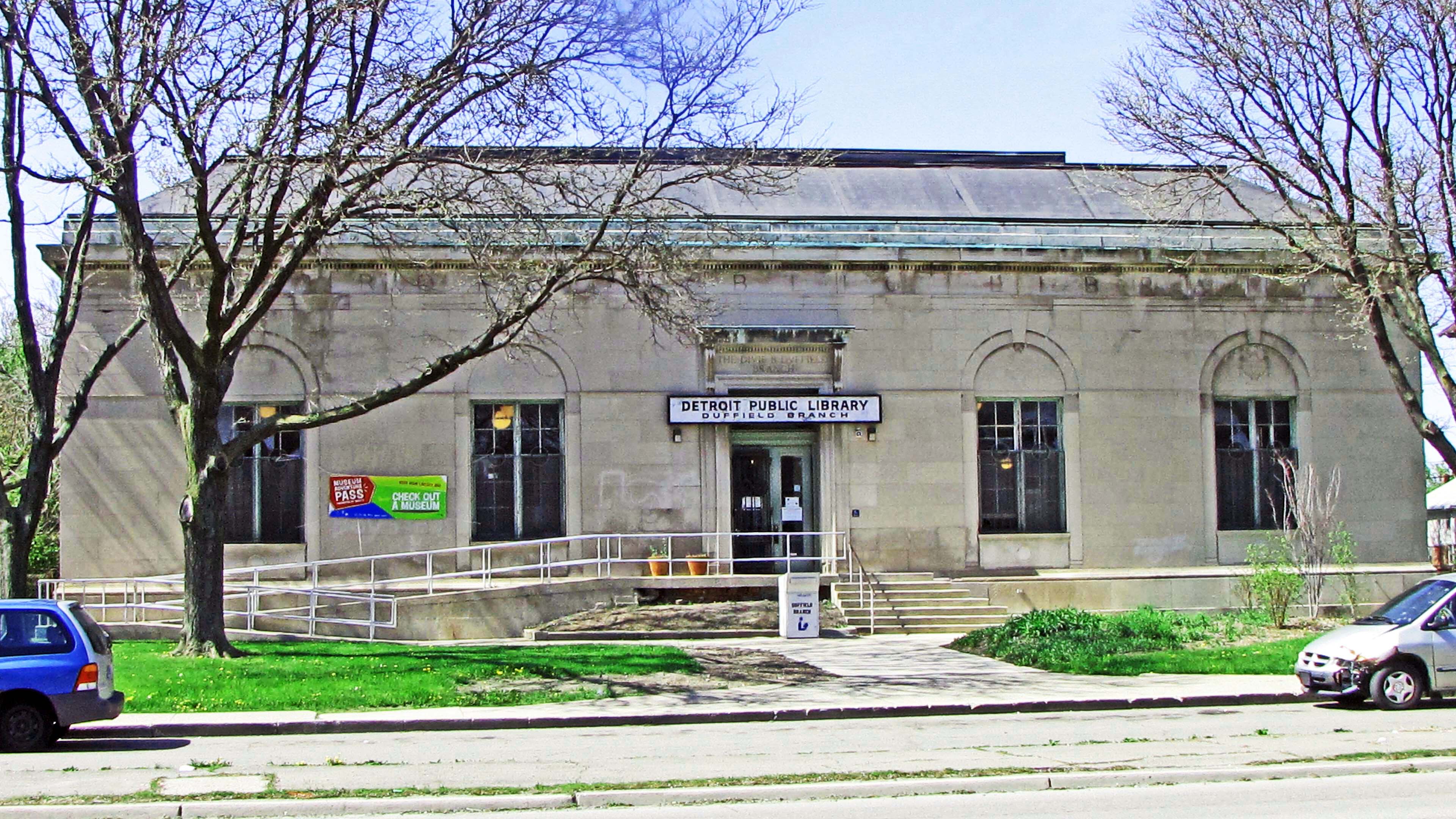

Andrew Carnegie, born in Scotland in 1835, migrated with his family to Allegheny, Pennsylvania in 1848. At an early age, he started his career by working at a minimally-skilled job in a local cotton factory. He then learned telegraphy and went to work for the Pennsylvania Railroad. He rose through the ranks and became a white-collar manager but he was destined to become an entrepreneur, not a salaried employee. By age 28, he started his first company, and a decade later, he began running his own steel firm. Steel was his calling and, by the end of the Nineteenth Century, he was one of the most prosperous men in the world because of his steel business.
Andrew Carnegie did not have an extensive formal education. Rather, he learned much of what he knew from spending time in libraries as a youth. There is an interesting question about what a man or woman will do with their great wealth when they have very much more money than they can reasonably spend. Carnegie strongly promoted philanthropy. He argued that the rich were trustees of their assets and had a moral obligation to spend their holdings for the benefit of others. He followed his own dictates and so he became, arguably, the best friend these nations' libraries ever had. He used his wealth to establish 2,509 libraries in English-speaking lands. Sixty one of Carnegie libraries were built in Michigan.
On June 23, 1901, Andrew Carnegie granted the city of Detroit $ 750,000 to erect libraries. In 2010 dollars, that would be equivalent to about forty million. Some of those funds were reserved for construction of the magnificent Detroit Public Library at 5201 Woodward in the Detroit’s Cultural Center designed by Cass Gilbert and completed in 1926. But portions of the Carnegie grant were used to Detroit branch libraries: Bowen, Butzel, Conely, Duffield, Ginsburg, Lothrop, Osius and Utley. I believe that only the Bowen, Conely and Duffield Carnegie branches are open eleven decades after Carnegie granted his monies to the Motor City.
This branch library carries the name of Divie B. Duffield who served on the Detroit Library Commission from 1904 to 1915 and then again from 1920 to 1935. Marcus Borrowes was a very productive and distinguished Detroit architect, perhaps best known for the many elegant homes he designed in an English revival style located in the Indian Village neighborhood of Detroit, the Grosse Pointes, Farmington and Bloomfield Hills. He was selected to design this Carnegie library. His Herman Strasburg home, now on the campus of Wayne State University, is listed on the State Register of Historic Sites.
Architect: Marcus Borrowes
Date of opening: November 24, 1916
Use in 2011: Branch library
City of Detroit Designated Historic District: Not listed
State of Michigan Registry of Historic Sites: Not listed
National Register of Historic Places: Not listed
Picture: Ren Farley; May 9, 2011
Description prepared: May, 2011
Return to Entertainment & Culture
Return to Homepage